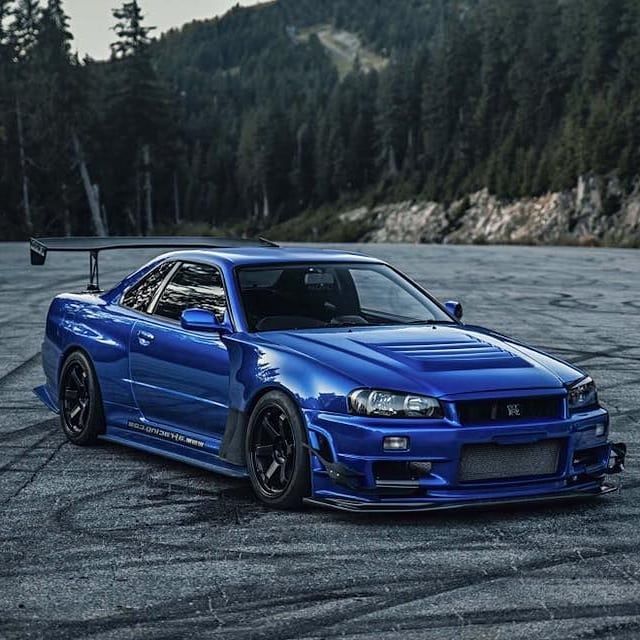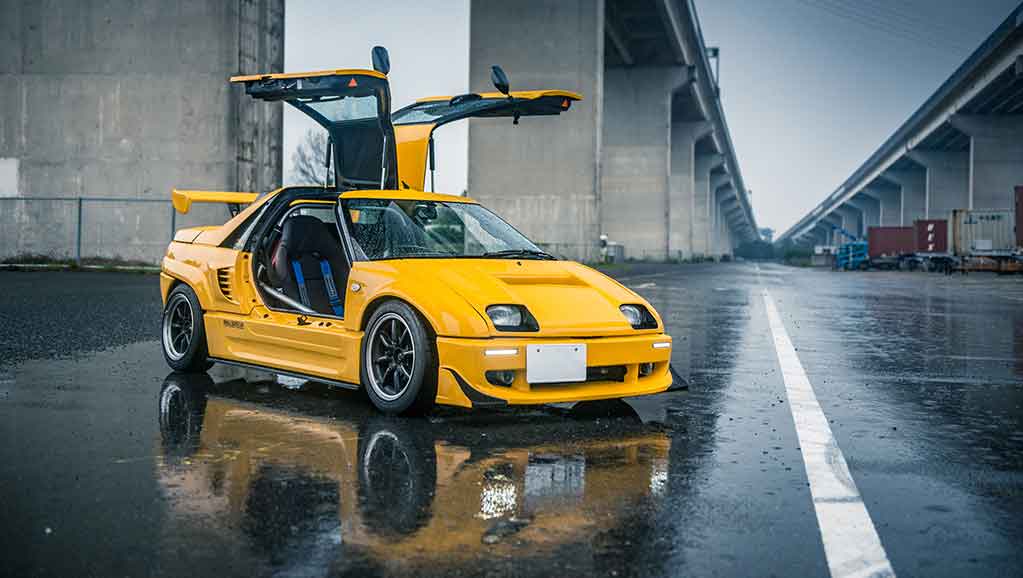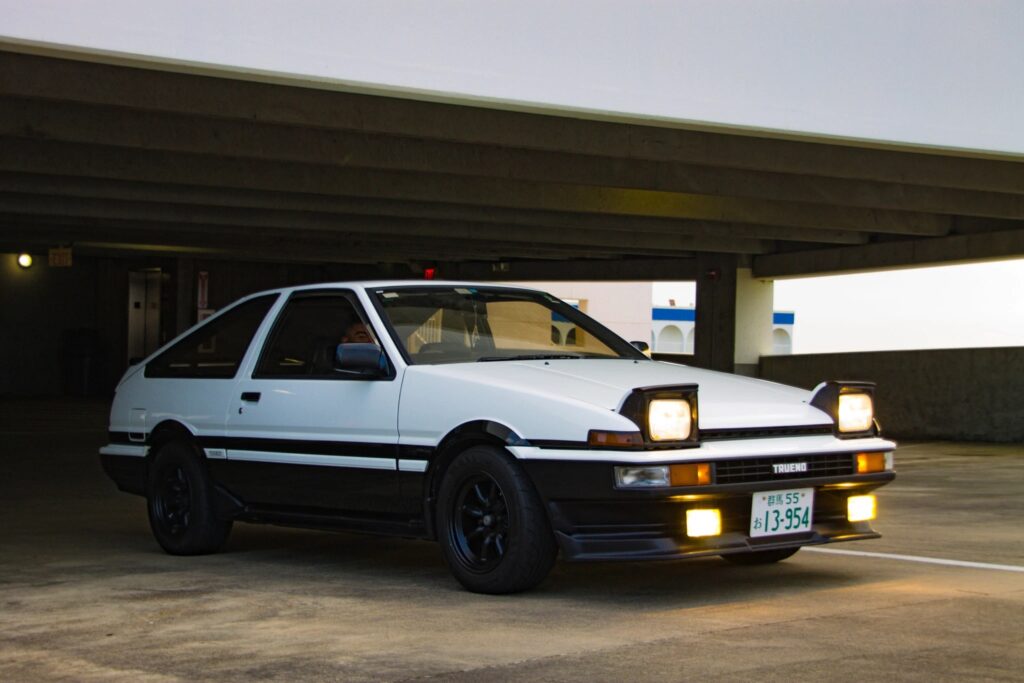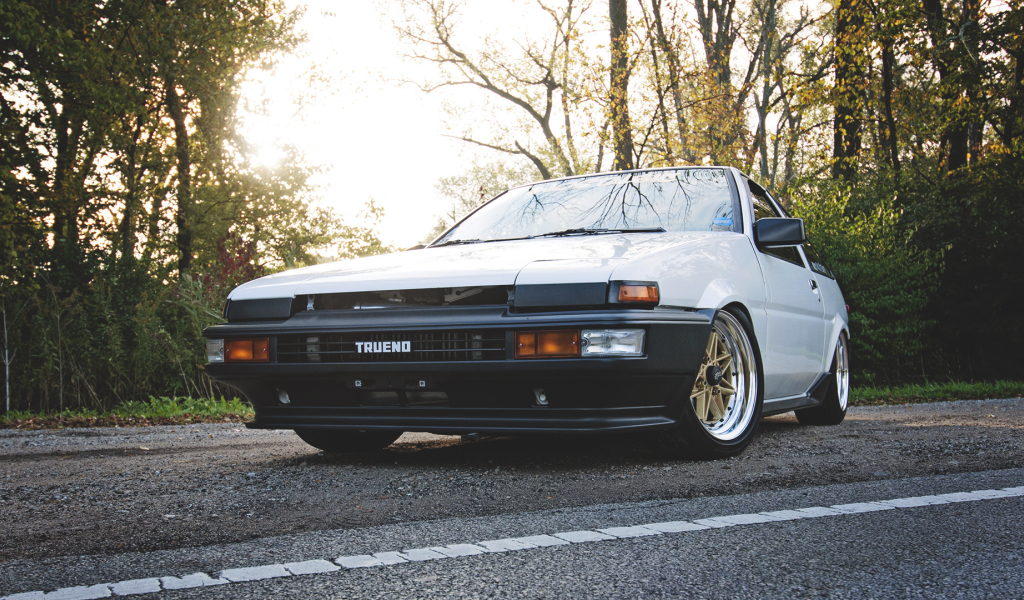15 Surprising Facts About JDM Cars
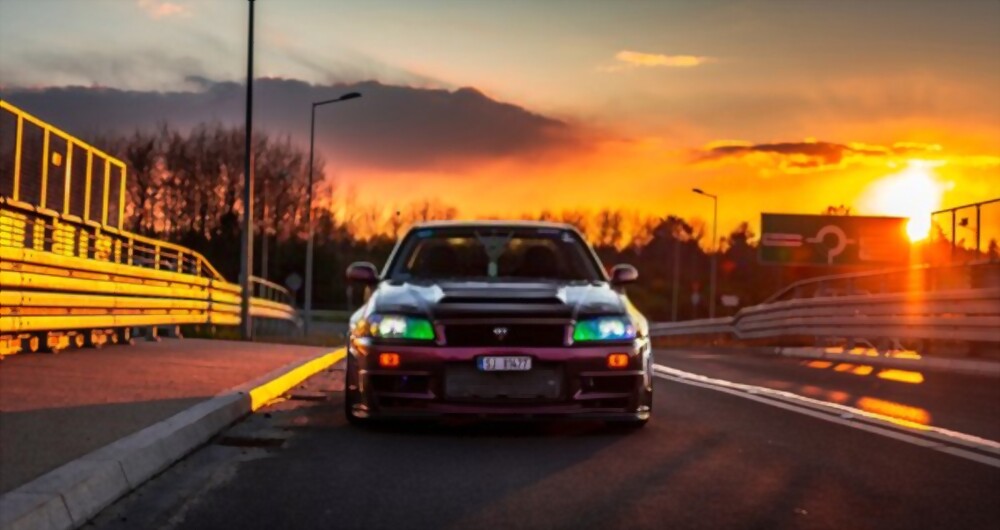
If you’ve spent some time in Japan before, chances are you would have heard of JDM cars. If not, let me inform you on some of the most fascinating features of JDMs to get you started. Japanese domestic market cars, or JDM cars, are sold exclusively within the borders of Japan and made specifically for the Japanese households’ use. Right, you could have googled that. But don’t be hasty, there are some other facts about JDM cars that might surprise you.
Awesome facts about JDM cars are all over the Internet, but we – JDM Export have gathered the most interesting facts that will make your jaws drop.
The rise of JDM cars
In the late 90s, car enthusiasts were captivated by JDM cars, it became a phenomenon in different continents such as North America, Europe, and Asia. Brands like Honda, Mazda, Lexus were popular, and there were magazines, video games, animated movies based on these cars. The traditional JDM fanboys were what one would call “cultured” back then.
There used to be a rivalry between JDM cars, Euro and American muscles (prevalent)
After World War II, the craze for sports cars became prevalent, however, not everyone could afford one. During the 1970s, Japanese cars made their debut and put an end to the age of muscle cars. Emission policies and rising price of oil also played a part. The Toyota Celica, Datsun 240Z/280Z, Mazda RX3 and the Datsun 510 introduced to Americans the definition of “reliability” and speed, while maintaining their minimal design.
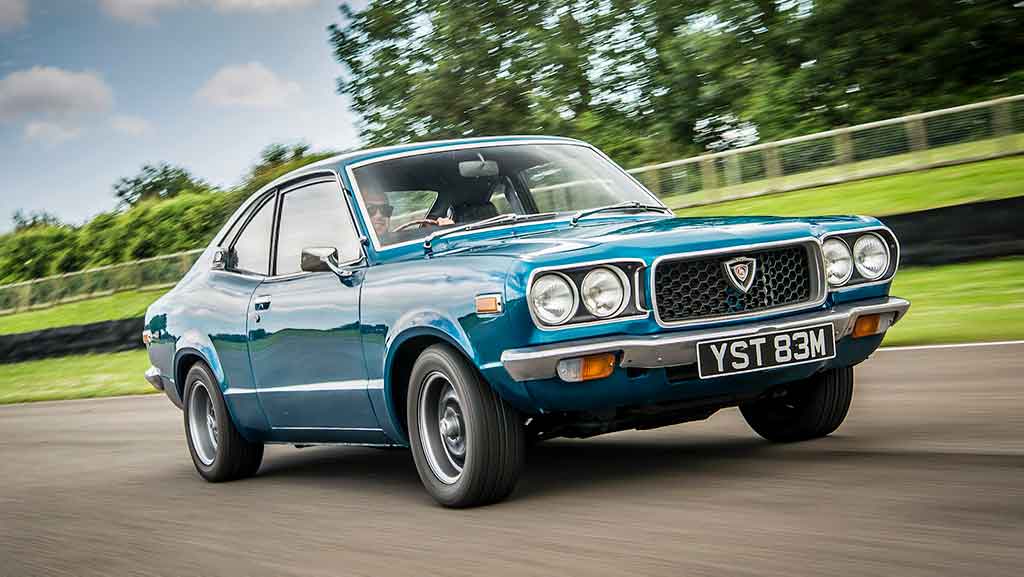
JDM cars used to be the primary brands of cars featured in the anime Initial D
Initial D is a Japanese anime about street racing, and a rather iconic series I might add. From the Toyota Sprinter Trueno AE86 to Honda Civic Type-R, the international popularity of this legendary animated series boosted the Japanese car market even on foreign soil. The hardcore fans would love to see themselves making drifts the way characters in the series pulled off, hence the obsession with Japanese cars.
JDM cars are very differently now compared to the 2000s
The 90s were what many people would call the golden age of JDM cars, but that doesn’t mean the current models were of any lower caliber than their predecessors. First off, Japanese automobile technology has advanced to new heights since the golden era. Electric vehicles are no longer a distant dream; however, they are kind of expensive. With the rise of AI-related innovations, it is now possible to use voice commands feature, and to allow quick and precise movement control on your vehicle.
Japan is the 2nd biggest car-manufacturing country in the world
As of 2020, the Japanese car market manufactured 8.33 million units of cars and held the second spot on the passenger car production ranking list, although China dominated on the first place with 21.39 million units of cars, surpassing Japan by almost 3 times. Japan is undoubtedly a car-manufacturing superpower.
Not all Japanese cars are JDM cars
JDM cars are sold only on Japanese soil, and foreigners can only come pick one up after a certain amount of time. Japanese car companies on the other hand have their branches in many countries, and the two sides of the market sell different types of cars depending on the general public preferences. Even the 2021 Honda Odyssey has 2 variations that do not resemble each other one bit. One looks cooler but the other has more room to spare.
The green and yellow arrow sticker
This type of sticker is only used in Japan for a particular reason. The “leaf sticker” signals beginner drivers, and when you see one of these, just try not to approach those vehicles. These guys are plain noobs. Since Westerners don’t understand the meaning of the sticker, they make fun of it. Despite its amusing design choice, it gets the job done.
Those box-shape designs serve a purpose
If you’ve been to Japan before, then it might come as a surprise that the cars are almost box-shaped! This is the Kei car standard, which sacrifices looks and aerodynamics in exchange for comfort. After World War II, many people couldn’t afford cars. The Kei car standard, meaning “light mobile”, was proposed to meet the requirements of most Japanese households at the time. It also made the cars look cuter, as they were smaller in size. There were many downsides to this standard, but it is apparently still very popular nowadays.
JDM cars are going up in value
JDMs available for purchase outside of Japan are declining in number, and as a result, the price has only skyrocketed ever since. Although they become increasingly rare, many car sites still revere Japanese import cars as decent investments due to their advanced technological features and unmistakable appearances.
There are no vehicle identification numbers on JDMs
Japanese market cars do not have vehicle identification numbers (VIN) but use the chassis code and serial number system. The chassis number can be found by first lifting the bonnet, and the number is located to the right or left side of the firewall of your car.
Drifting
If you’ve seen enough of Hollywood’s booming movies industry, then you might have heard of the Fast and Furious series. One film in particular features JDM cars in action. You’re right, it is Fast and Furious: Tokyo Drift. The stunts in the movies aren’t far-fetched at all from real life. Enthusiasts flock to the stores for this specific reason. Everyone can become a petrolhead, but not everyone can pull it off the way Han (the main character) did in his movie. One thing is for sure, these cars do possess such an innate ability. You don’t have to take my word for it, make the purchase and see for yourself.
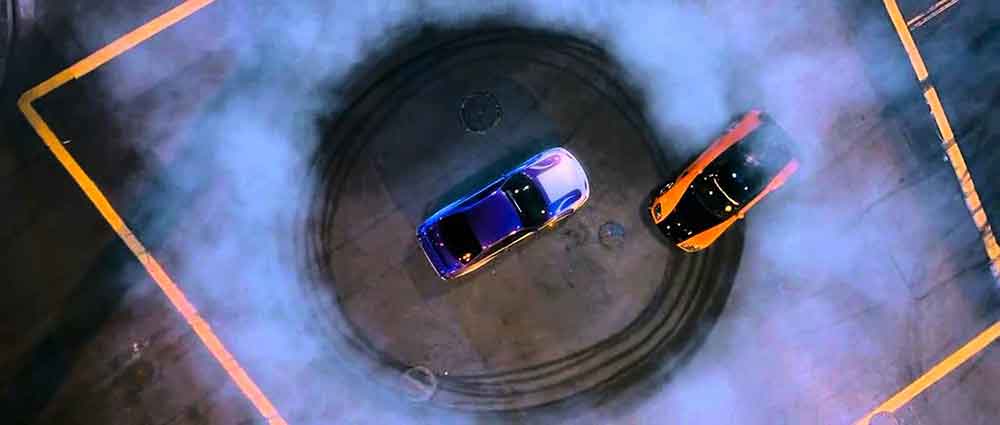
The limit on horsepower in Japan
The Japanese Automobile Manufacturers’ Association (JAMA) devised a limit on the maximum speed of all the future JDM cars, the same goes for all Japanese-built vehicles. Top speed markings are now restricted to 180 km/h (equivalent to 111.8 mph) on the speedometer, while also introducing a speed gauging device with the same limit so you better refrain from making any reckless stunts if you’re planning to live in Japan.
Why every petrolhead should buy a JDM car
Cutting-edge technology, exquisite and minimalistic design, reliability, what is there not to like about these cars. Even the most difficult customers will find themselves enticed by the charm that these cars possess. Several models might look off; however, these are few and far between. I can assure you that the ones from the most famous brands will give you the best bang for your buck.
Some of the best JDM cars on the market
There isn’t one car that appeals to everyone. Each and every car that a person owns has its own pros and cons and deciding on a car depends on many factors. Having said that, some cars just simply outclass others in terms of power, cost-effectiveness, energy-efficiency. One of them is the Mazda RX7, a monster on the road donning a great design, and overall, very reliable and easily maintained. Another one I would recommend is the Toyota Supra MK IV. This one has everything you would expect on a sports car of the highest quality, its inline-6 engine allows for quick acceleration and a top speed of 155mph, although you wouldn’t need that much top speed if you’re living in Japan.
25 years old JDM cars!
There is a rule that allows for import of JDM cars from Japan to other countries only if their age has exceeded 25 years, since you cannot buy one outside of Japan. If you want to get your hands on one of these bad boys, then it’s always best to do a little bit of research beforehand about the specific models that are available for import.
I hope that by reading this, you will have gained some more knowledge about cars to show off to your friends, and even become a car geek yourself. Maybe, one of these days when covid-19 is finally settling down, if you need new transportation for yourself and family, you might even consider having one of these fine cars in your own garage, delivered to your front door all the way from Japan. Rest assured, if you are ever in doubt of JDM cars, as they represent the best qualities of a Japanese, efficient, durable, and meticulously crafted.

